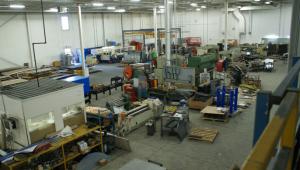
The first and best practice anyone with metal fabricating experience is going to tell you is ‘engineer first, build later’. Metal fabrication has evolved over the years, sometimes in leaps and bounds (especially when it comes to plant and machinery). Essentially, metal fabricating quality and consistency has improved, but, more than that, it now offers greater leeway in engineering.
A good design can save time and make metal fabricating all that much more productive.
Unfortunately, greater leeway in engineering – which should be construed as giving free rein to engineering excellence – has also encouraged a more lackadaisical approach to finer engineering. Metal fabricating often requires balancing the proposed design and the limitations of the building process. And it is this nuance which can mislead designers into chalking out inefficient designs.
- Minimum bend radius – The minimum bend radius is one casualty of an ill-conceived design. It is tempting to design a part right down to its minimum bend radius, but consider the margin of error. Cracks in the metal will increase production times and increase waste.
- Holes and slots – Punching in holes, slots and grooves should be included only when necessary. Holes add complexity to the manufacturing process and increase the chance of breakages significantly.
- Tolerances – It is tempting to go for the tightest possible tolerance in the build, but it can come at the cost of increased metal fabricating time. Moreover, tighter tolerances will raise production costs and can negatively impact product quality. Both designer and builder should be on the same page about the material being worked on and what tolerances the metal fabricating can support.
- Welding – Sheet metal designers often include a plethora of bracketing in their designs, when simpler and equally effective options are available. Welding is one such option; another is using fasteners. Both of these can simplify the design and reduce production times.
- Machining time – For parts that will be produced in higher volume, consider volume manufacturing processes. For instance, casting and extrusions are reliable and quicker ways of metal fabricating.







